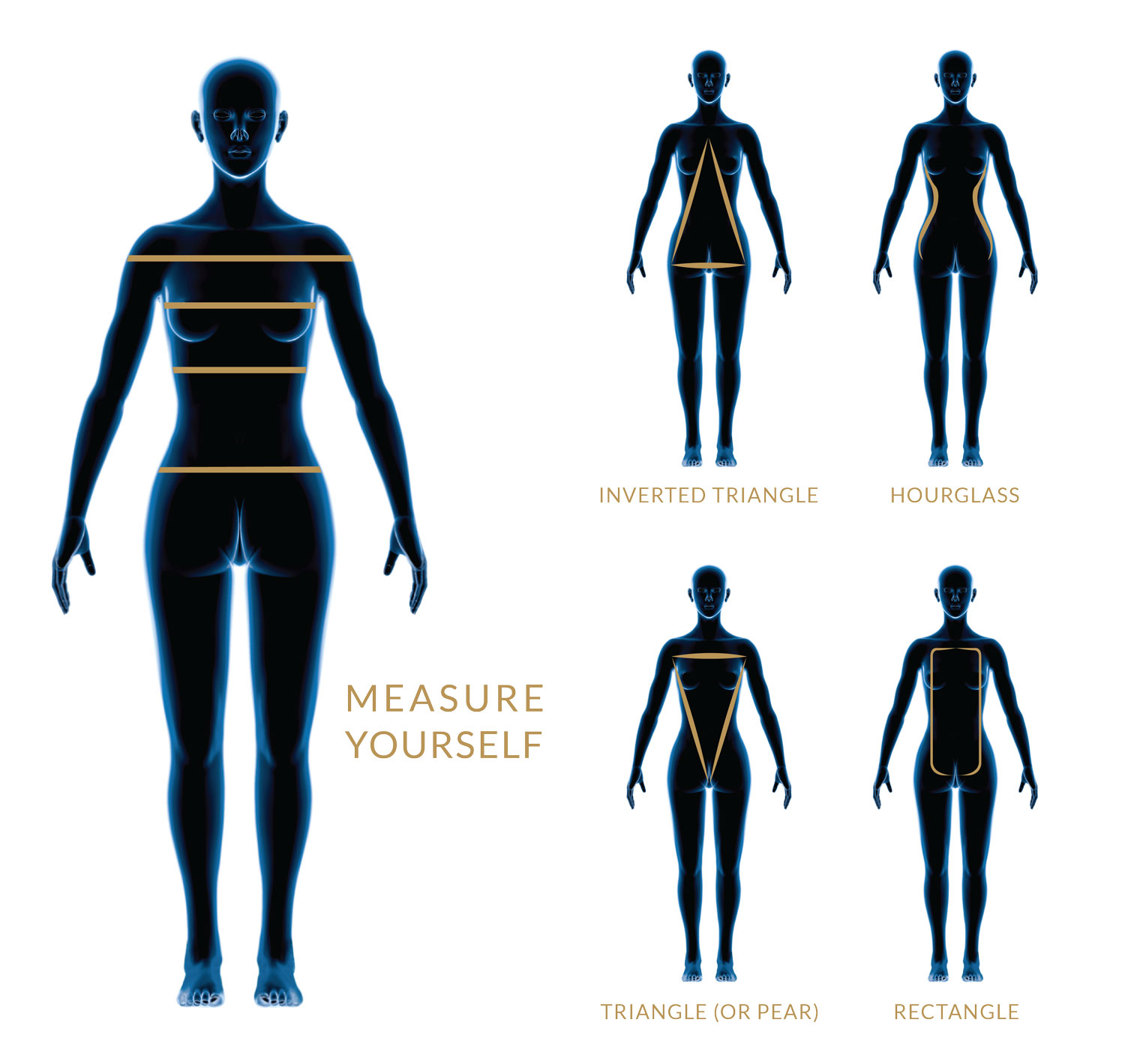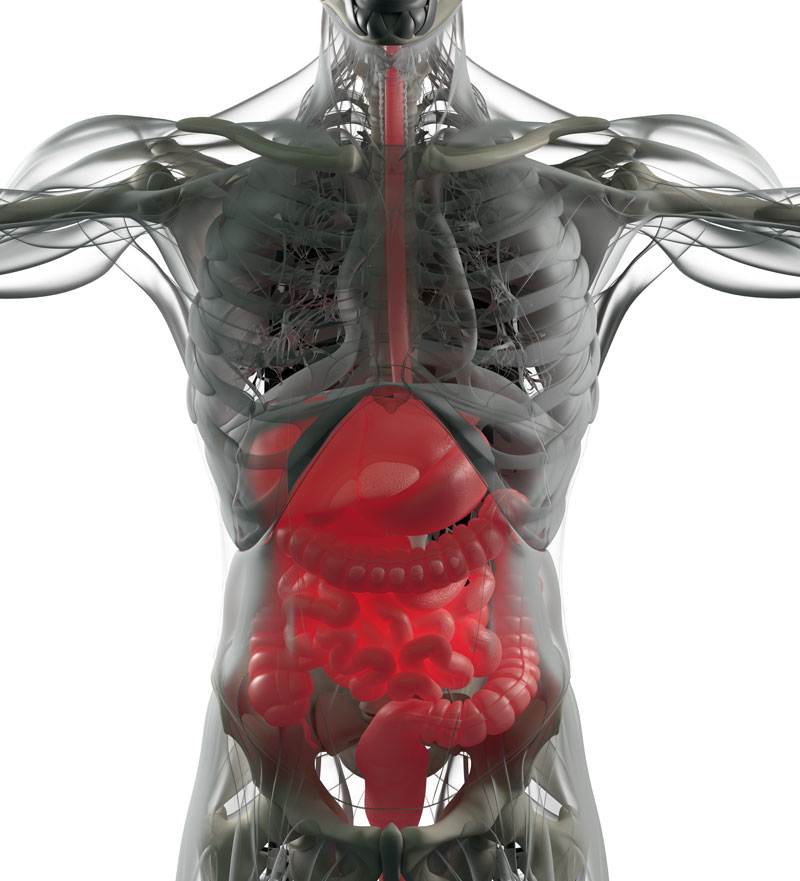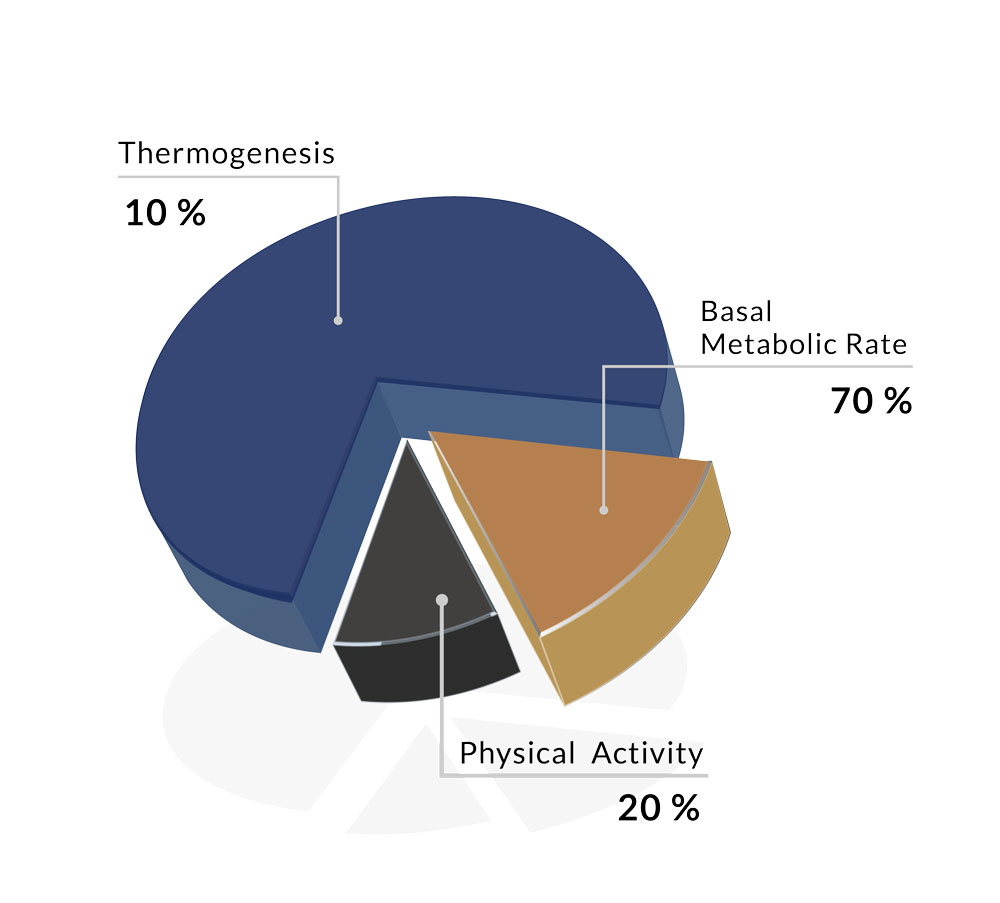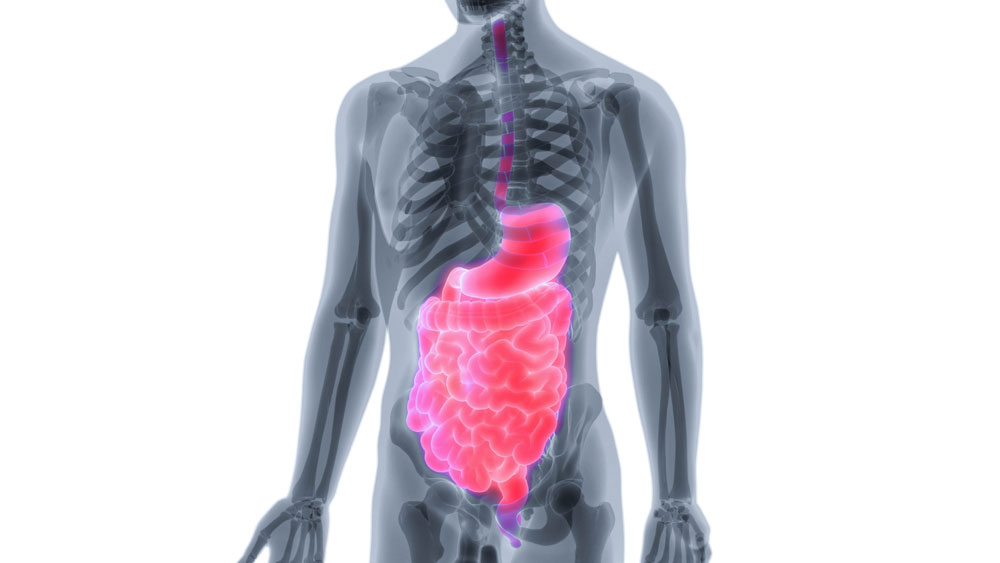An individual’s exterior presentation often serves as a reliable indicator of their lifestyle preferences and habitual practices. The pursuit of a robust and well-conditioned physical form is a common aspiration; however, not all are successful in actualizing this ambition.
Three principal elements contribute to suboptimal bodily configurations: deficient nutritional intake, inadequate physical exertion, and insufficient repose. Each factor carries varying degrees of significance: nutrition is responsible for 70% of the concern, exercise for 20%, and sleep for 10%.
In 1825, esteemed French author Jean Anthelme Brillat-Savarin penned “Physiologie du Goût: Méditations de Gastronomie Transcendante,” which translates to “Physiology of Taste or Meditations on Transcendental Gastronomy.” This literary work underscores the criticality of our dietary choices, famously proclaiming, “Tell me what you eat, and I will tell you what you are.” This dictum later evolved into the widely recognized aphorism, “you are what you eat.”
Indeed, our identities are shaped by our nutritional choices, and as we have been consistently advised, upholding a well-balanced and nourishing diet is indispensable. Despite this pervasive knowledge, why do complications such as obesity and visceral adiposity, which may engender a multitude of health-related adversities, continue to prevail?
According to the National Center for Health Statistics, 61% of adults in the United States are overweight, and 26% have obesity. A majority of individuals covet an athletic and vigorous constitution, yet only a select few can actualize their quintessential bodily form and maintain it consistently. What, then, are the salient factors that permit certain individuals to preserve their physical well-being in the long term?
The Durascience™ Research Institute, situated in the United States, has been examining a scientific tenet that may facilitate each person’s realization of their ideal bodily configuration (Best of Your Own). This principle, known as B.A.M™ (Body Alteration Matrixes), encompasses the components that contribute to an individual’s optimal physical form.

Empirical research has corroborated that a waist-hip ratio (WHR) of 1:0.7 and a healthy body fat percentage (15 – 25%) are the most desirable physical proportions for men. Attaining this equilibrium necessitates optimal functionality across various bodily systems, such as the endocrine network, metabolic rate, and more.
To preserve a well-balanced physical form, one must prioritize internal well-being, which manifests in a lean and sculpted exterior. In addition to a harmonious diet and consistent physical activity, the realization of this ideal form requires an amalgamation of factors.

The human genome plays a critical role in determining body shape, appetite, and metabolic rates, accounting for 40-55% of fat distribution and 5-40% of fat accumulation. A seminal 2006 investigation identified 41 genomic loci associated with obesity, revealing that offspring of obese parents possess an 80% higher likelihood of being overweight, as opposed to a mere 10% probability for those born to normal-weight parents. Genes exert their influence on body shape and weight by modulating nutrient absorption, metabolism, and adipogenesis.


The human digestive system, consisting of essential organs responsible for nutrient absorption, substantially impacts body shape. The stomach is instrumental in regulating satiety and energy levels by releasing hormones that communicate with the brain. Chronic inflammation, especially within the digestive system, has been correlated with overweight conditions and involves cytokine production and multifarious autoimmune responses.
The human digestive tract is host to over 1,000 distinct bacterial species. Maintaining a balanced gut microbiome is vital for optimal immune system functionality, energy production, and intestinal health. Imbalances can precipitate Metabolic Syndrome, characterized by abdominal obesity, hypertension, hyperlipidemia, and insulin resistance. The proportion of beneficial to detrimental bacteria, optimally 80:20, is essential for preserving intestinal immune system integrity and mitigating inflammation.

A well-functioning metabolism is indispensable for achieving a lean and well-proportioned body. Basal Metabolic Rate (BMR) denotes the energy expended by stationary metabolic processes during organ function. Diverse BMRs result in varied body shapes, with hormonal elements such as thyroid hormones and free fat mass (FFM) playing pivotal roles. A decrease in FFM is directly correlated with a reduction in BMR.
Adipocyte cells store fat and expand upon accumulating excess lipids. Rapid weight gain can trigger fat cell regeneration (Hyperplasia or Adipogenesis), rendering weight loss more challenging. Insulin, glucocorticoids, and Peroxisome Proliferator-Activated Receptor-γ (PPAR-γ) are integral to Adipocyte Hypertrophy and Adipogenesis, dictating fat accumulation in specific body regions.


Hormones modulate satiety, fat storage and distribution, and muscle development. Thyroid hormones, growth hormones, insulin, leptin, ghrelin, sex hormones, and steroids are all crucial components. Leptin, secreted by adipocytes, signals satiety and heightens thermogenesis, while sex hormones substantially affect body fat distribution. In menopausal women and men experiencing andropause, estrogen synthesized by adipocytes contributes to significant fat accumulation in the lower body.
Genetic endowment, which is inherited from one’s progenitors, plays a vital role in determining an individual’s physical attributes, predispositions, and various other characteristics. While these genetic factors are beyond our control, they can manifest in both conspicuous and subtle ways, such as shared taste preferences among family members. Favorable genetic traits may contribute to harmonious fat distribution, culminating in a well-proportioned physique devoid of complications such as obesity or undernourishment.

The gastrointestinal system is of paramount importance for individuals across all age groups. A robust and efficient gastrointestinal system facilitates the absorption of indispensable nutrients required for hormone synthesis. Individuals with well-functioning gastrointestinal systems are more likely to adopt salubrious eating habits, consuming nourishment in accordance with their physiological needs rather than indulging in excessive snacking. Sufficient nutrient intake bolsters optimal organ performance, enhanced immunity, increased resilience to disease, heightened concentration, and advanced cognitive development.
The intestinal environment harbors a diverse array of microorganisms, encompassing both beneficial and detrimental bacteria. A conducive equilibrium for gut health entails a composition of 80% favorable bacteria and 20% deleterious bacteria. Upholding this balance permits normal absorption and fermentation of sustenance within the intestines, culminating in the generation of short-chain fatty acids (SCFAs) that possess anti-inflammatory properties and stimulate the gut-associated lymphoid tissue (GALT) immune system.
During childhood, substantial energy is necessitated for comprehensive physical development, encompassing the growth of musculature, skeletal structure, and vital organs. Consequently, children exhibit elevated basal metabolic rates (BMRs) – the energy expenditure rates at rest – in comparison to adults. As a result, healthy children typically possess leaner physiques despite consuming copious amounts of food. However, nutrient absorption and metabolic rates decline as individuals transition into adulthood, potentially resulting in obesity if healthful dietary practices and physical activity are not sustained.

Adipocytes, or fat cells, execute a multitude of functions, including energy storage in the form of fat and the secretion of essential hormones such as leptin. Emerging research has demonstrated that augmented adipogenesis – the process of fat cell hypertrophy and hyperplasia – contributes to fat accumulation and distribution within the body, as well as impacts insulin sensitivity.
Hormones, which serve as vital chemical messengers, regulate homeostasis across an array of bodily systems, including metabolism. Guaranteeing that the body receives adequate quantities of diverse hormones is crucial for holistic health. Hormones such as ghrelin, insulin, cortisol, DHEA, thyroid hormones, sex hormones (estrogen and testosterone), and leptin perform pivotal roles in modulating metabolism and obesity. Proper hormonal distribution enables these hormones to function synergistically, fostering a well-balanced body composition and mitigating the risk of obesity.
The Consequences of B.A.M™ Component Deficiency
In some instances, children may inherit genetic susceptibilities for obesity from their parents, causing impaired metabolic processes. This can lead to ineffective nutrient assimilation, suboptimal energy allocation, and excessive visceral adiposity. In extreme cases, the manifestation of Down Syndrome may also occur. As these individuals progress into adulthood and geriatric stages, they may experience additional health complications alongside obesity.

Gastrointestinal issues can significantly influence physical development, especially in pediatric populations. Hindered digestion and nutrient uptake can result in growth retardation, atypical satiety sensations, and persistent inflammation, which may impact fat deposition in various bodily regions. Visceral fat accumulation plays a crucial role in the onset of numerous ailments.
Maintaining a balanced gut microbiota is essential for preserving digestive and bowel system health. Imbalances can induce inflammation within the gut-associated lymphoid tissue (GALT), disrupting standard fat distribution patterns and resulting in adipocyte hypertrophy. This enlargement of fat cells can contribute to hypertension, dyslipidemia, diabetes, and cerebrovascular or coronary artery occlusion.
Leaner body compositions are often observed in children with efficient metabolic processes, particularly in cellular growth. Skeletal muscle mass significantly influences basal metabolic rate (BMR). However, muscle mass decline during adulthood and senescence leads to reduced BMR and impaired metabolism, heightening the probability of weight gain and disproportionate body issues.


Excessive adipogenesis, or the formation of new adipocytes, is associated with childhood obesity. When adipocytes store surplus energy, they can diminish the extracellular matrix (ECM) — crucial for skin tautness and evenness — instigating inflammation surrounding the adipocytes. This inflammatory response can elevate blood pressure and heighten the risk of atherosclerosis. In adult populations, increased inflammation can precipitate more severe health conditions, including hypertension, atherosclerosis, and fatal arterial rupture.
The human body relies on various hormones, such as thyroid hormone, growth hormone, and others, which function in a coordinated, interdependent system. When the endocrine system experiences dysregulation, energy storage can be adversely affected, leading to undesirable body morphologies, such as obesity or cachexia. Hormonal imbalances can also negatively impact appetite and metabolism, potentially contributing to conditions like obesity or anorexia nervosa. Reduced estrogen or testosterone levels in women and men can provoke insulin resistance, complicating blood glucose regulation and increasing vulnerability to diabetes.
Comprehensive Approaches for Tackling Obesity and Metabolic Complications
Continuous investigation seeks to ameliorate genetic abnormalities contributing to obesity through heightened cravings for starchy, carbohydrate-dense, or fiber-rich nourishment. Therapeutic interventions for these conditions may diverge according to individual genetic predispositions, ethnicity, pharmacological prescriptions, and nutritional supplementation. Bariatric surgery may be required for some, with careful selection predicated on each individual’s distinct genetic composition. Nonetheless, surgical interventions carry risks for geriatric patients, who often endure protracted recovery periods due to age-related physiological decline.

To counteract obesity and associated health complications stemming from surplus adipose tissue, scientists are examining methods to diminish lipid absorption in the gastrointestinal system. This encompasses employing compounds such as edible plant fibers and chitosan saponins, which obstruct lipid absorption by binding to fat molecules and generating larger, indigestible complexes. Alternatively, lipase inhibitors can be utilized to inhibit the lipase enzyme from metabolizing undigested fats, which can be found in polyphenols, Japanese ginseng, and appetite-suppressing medications.
Incorporating prebiotics and probiotics can facilitate a balanced gut microbiome within the digestive system, promoting nutrient breakdown and overall physiological well-being. Reestablishing equilibrium in the gut microbiome is particularly advantageous for individuals with obesity and metabolic syndrome, as research has demonstrated connections between these conditions and gut flora imbalances.


Multiple strategies exist to augment the body’s metabolic rate, including:

4.1) Ingesting Nutrient-Dense Foods Consuming nutritionally rich foods can elevate metabolism due to the thermic effect of food (TEF). High-protein diets can increase metabolic rates by 15 to 30%, while carbohydrate-laden foods can raise them by 5 to 10%. Hydration and consumption of green tea and coffee can also positively impact metabolism.

4.2) Undertaking High-Intensity Interval Training (HIIT) HIIT can expedite metabolism by incinerating abdominal fat 17% faster than conventional exercises and fostering weight loss. However, HIIT may not be appropriate for geriatric individuals without adequate medical supervision.

4.3) Engaging in Resistance Training Resistance training can aid in muscle development and fat reduction, mitigating the risk of weight regain. Elderly persons should participate in resistance training under the guidance of fitness professionals.
4.4) Prioritizing Sleep Sufficient sleep is essential for maintaining a healthy metabolism. Sleep deprivation can result in increased hunger and weight gain.
4.5) Incorporating Medium-Chain Triglycerides (MCTs) Rich Foods MCTs, present in coconut oil, can enhance metabolism by 12%. Nevertheless, moderation is key, as excessive fat intake can precipitate health problems.

Studies have demonstrated that compounds such as Hsp90 inhibitors, retinoic acid, and piceatannol can curtail adipogenesis by impeding the binding of nuclear receptors and averting fat accumulation.
Influencing Metabolic Processes and Lipid Storage Hormones, including leptin, cortisol, and estrogen, play pivotal roles in lipid metabolism and storage.
6.1) Leptin – the Satiety Hormone Leptin, synthesized by adipocytes, modulates satiety sensations. Exorbitant fructose consumption can induce leptin resistance and heightened hunger.

6.2) Cortisol – the Stress Hormone Cortisol, secreted by the adrenal gland in response to stress, can contribute to increased fat accumulation.

6.3) Estrogen – the Beauty Hormone Estrogen is renowned in the cosmetic industry and associated with femininity. However, excessive estrogen levels can interfere with pancreatic insulin secretion, leading to elevated blood sugar and fat conversion. High estrogen levels can be caused by various factors, including red meat consumption. Thus, reducing meat intake and increasing fiber-rich food consumption can help prevent elevated estrogen levels.
As we age, our bodies undergo natural transformations that can result in muscle deterioration and a sluggish metabolic system, predisposing individuals to fat accumulation and obesity. Durascience™ has developed the B.A.M™ (Body Alteration Matrix) to address these concerns. By adhering to the six components delineated above, individuals can enhance their metabolic rate, culminating in improved overall health, a rejuvenated appearance, and an optimized body shape.
